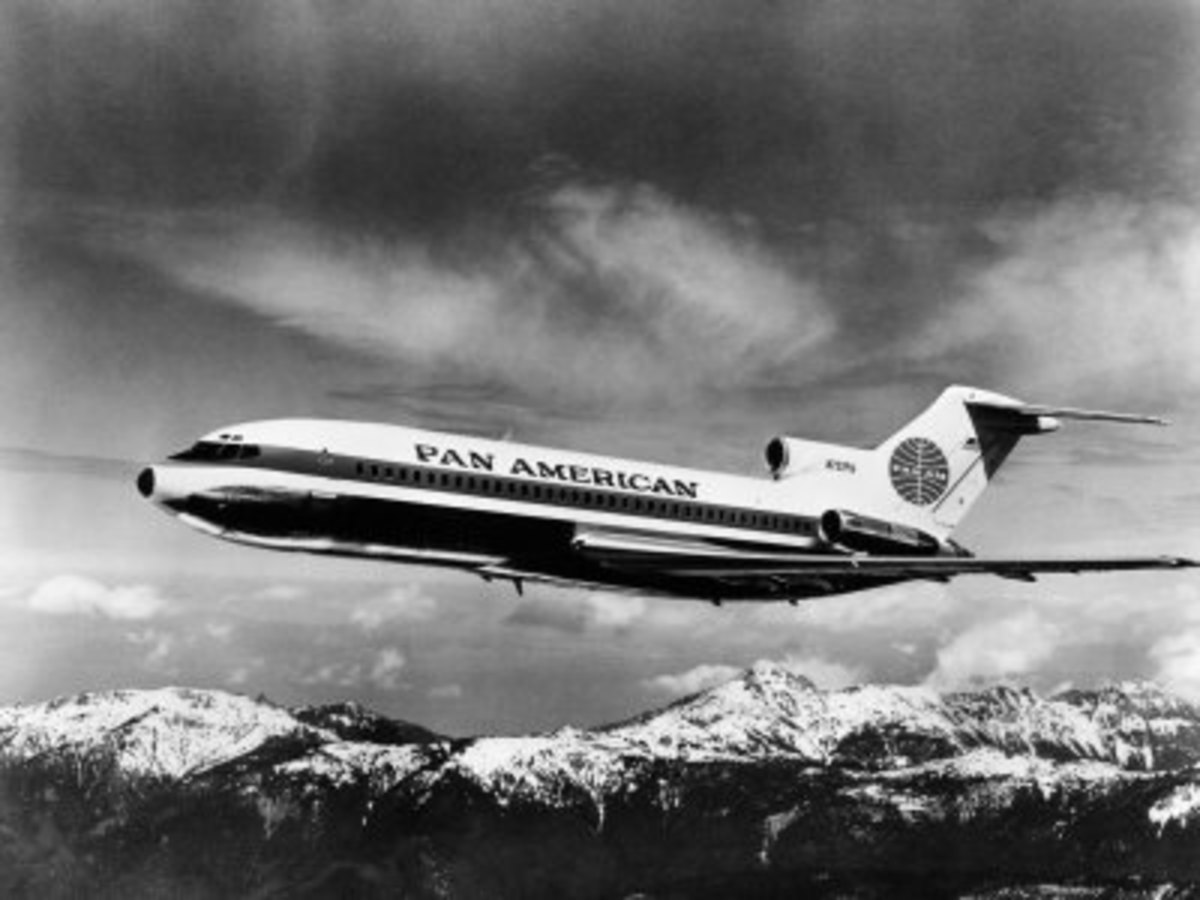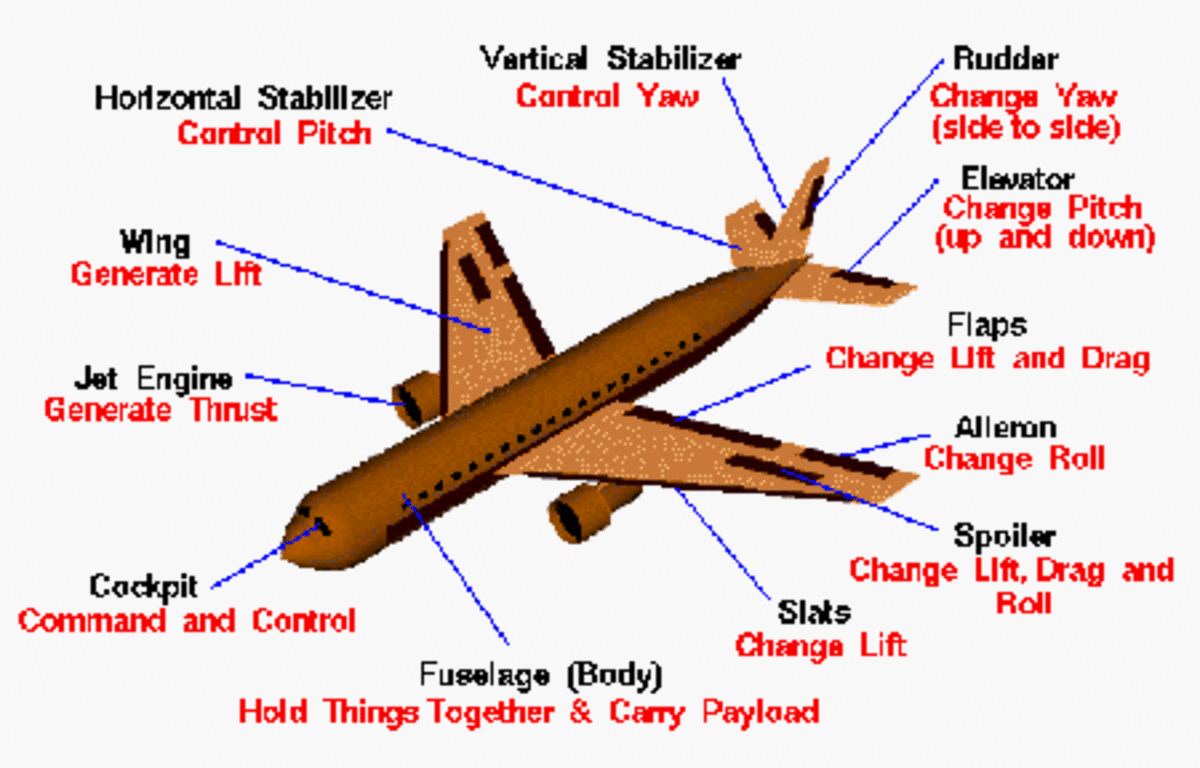Airfoil the curious shape
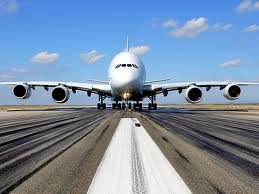
An aircraft with a huge metal body, having a very large wing span, filled with tones of fuel, carries 500 or more passengers and their baggage. How does this giant get lifted up in air against it's massive weight, why it is not falling down during its flight or how does it continue it's flight through air? All this was my curiosity until I learned about a peculiar shape called aerorfoil (British) airfoil (American).
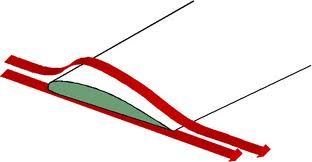
Air flow over aerofoil
Of all shapes, only airfoil shape allows smooth pattern of air flow over when it is subjected to moving air. Shapes, other than airfoil produces turbulence or eddies to air flow resulting in greater amount of opposite force or drag when they are moved through air. Greatest application of airfoil is on the aircraft wing or on the rotating blades of helicopter which is also called rotating wing or rotary wing. If you look from the side of an aircraft wing what you see is the cross section of the wing and that is the shape of an airfoil. So the entire wing of an aircraft is simply airfoil shaped.
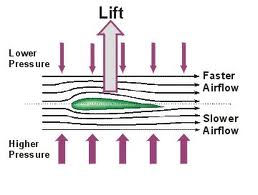
- Flow of air is laminar over the airfoil. Smooth undisturbed layers or lamination of air flow takes place at top and bottom surface of airfoil. However, path of air on the top surface is longer than the bottom surface as the top is camber in shape
- Speed of air moving on the top surface is higher so there is a pressure drop on the top surface.
- Opposite happens at bottom side of the airfoil. Speed of air is low so there is an increased pressure at the bottom side.
- High pressure underneath will therefore push the airfoil up against the lower air pressure on the top. This is called the lift produced by the airfoil.
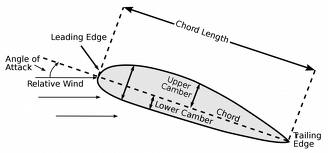
Shape of aerofoil
Forward end of the airfoil is meeting the incoming flow of air so it is called the leading edge. The rear end is trailing the flow of air so it is the trailing edge. Leading edge is broader and round shaped where as trailing edge is sharp and thin. It is camber shaped, slightly curved on the upper surface makes the lower surface shorter than the upper side. Imaginary line joining leading edge and the trailing edge is the chord line. Angle formed between chord line and relative airflow makes the angle of attack. Lift generated by airfoil will continue to increase as its angle of attack increases until a point of stalling. Air flow over the airfoil when set at stalling angle is disturbed and turbulent instead of a smooth laminar flow. When airfoil is moved in relative air flow few interesting characteristics takes place and Bernoulli's principle helps to explain this phenomenon.
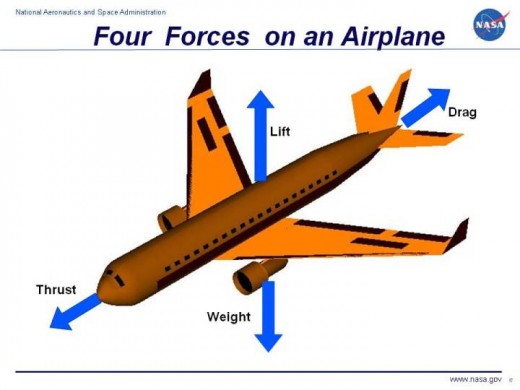
Forces acting on aerofoil
There are four forces acting on a body when it is idling. Lift acting upward against the weight of the body so also thrust acting forward against its drag or resistance to move. The picture given is self explanatory. Aircraft gets air lifted when lift generated by its wing over comes the weight of the aircraft. As we have discussed above in order to produce lift, airfoil is to be moved in the relative airflow. More the speed greater the lift airfoil produces, as such the aircraft is made to run on the runway at a faster speed for the wing to generate required amount of lift. Any massive weighing aircraft will there fore get airlifted when force of lift overcomes the force of weight.
Peculiarities of aircraft wings, its different shapes, Is there a way for aircraft to generate lift with out a take off run etc will be discussed through my continued writings. Until then follow me.


